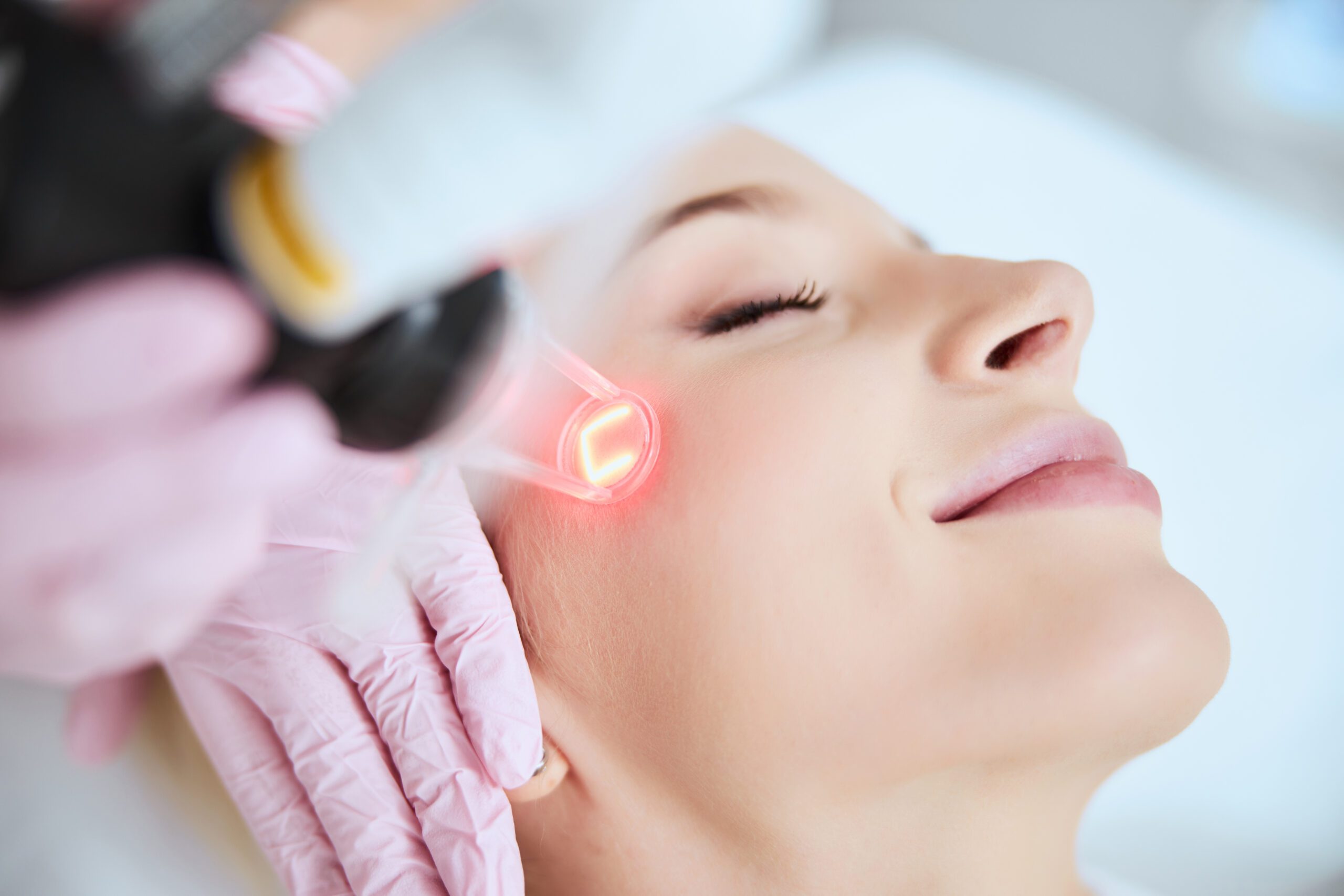
Laser skin resurfacing can substantially enhance the skin’s appearance and can also treat minor facial flaws like acne, wrinkles, and sun damage. During the procedure, your thin, outer layer of skin is removed. The laser will heat the underlying dermis, which stimulates collagen production and makes your skin look smoother and tighter.
If you’re considering laser skin resurfacing, here’s what to know, going into the procedure, and what to expect afterward.
Preparing for Laser Skin Resurfacing
Before the procedure, you will consult with one of our plastic surgeons to discuss your medical history. They will ask you about any current or past medical conditions, as well as any medications you’re taking. They will also inquire about other cosmetic procedures you’ve had done and if you had any reactions afterward. The conversation will then turn to your expectations. The doctor will inspect your skin and determine how to get the best results.
What You Need to Do Before Laser Skin Resurfacing
While meeting with the doctor, they’ll outline a list of things you need to do and avoid. For example, you will need to watch your sun exposure. Too much sun before or after the procedure can cause irregular pigmentation.
In addition, you will get an antibiotic medication you’ll need to take beforehand to help ward off any bacterial infections. You may need to take an antiviral medicine too if you’re prone to cold sores.
You’ll also need to avoid certain medications before the procedure that can affect blood clotting. Ibuprofen, aspirin, and certain supplements are a few examples, but your doctor will give you a complete list and timeframe of when to abstain.
If you’re a smoker, you should stop for at least two weeks before the procedure. Smoking could delay your overall healing.
What To Expect During Your Laser Skin Resurfacing Procedure
Laser skin resurfacing is an outpatient procedure, meaning you won’t need to stay overnight. Depending on what you’re having done, you may just need numbing of the skin with a local anesthetic. However, if the treatment is for your entire face, some sedation might be used, along with local anesthetic.
Treating parts of the face may take upwards of 30 minutes to an hour. An entire face procedure could last for two hours. The professionals at Plastic Surgeons of Northern Arizona will make every effort to ease your nerves and keep you comfortable during the entire procedure.
Laser Skin Resurfacing Aftercare and Recovery
After the procedure, you’ll have bandages over the treated area that will need cleaning every few hours. A thick ointment will be applied underneath to help prevent scabs.
Patients can take certain over-the-counter medications or use ice packs to help with any pain. It typically takes about one to two weeks for new skin to start covering the area and at least a month until full recovery, although you could feel the effects for longer.
In the meantime, patients are asked not to use cosmetics or anything that could irritate the face or cause infection. It is particularly important to use sunscreen after laser skin resurfacing.
Considering a Treatment?
Laser skin resurfacing can significantly improve the look of your skin. If you have age spots, uneven skin tone, blemishes, or fine wrinkles, this procedure can make your skin look a lot smoother and tighter. Though it might take time for your skin to heal, the end result will leave you with a much-improved skin appearance that can last for years.




